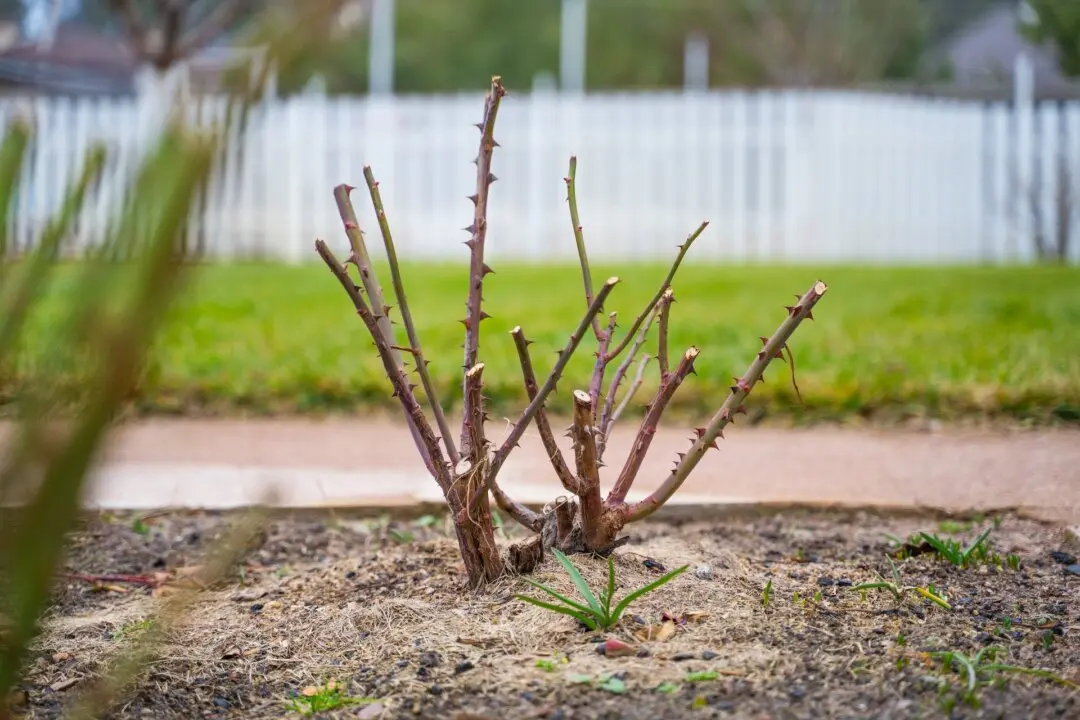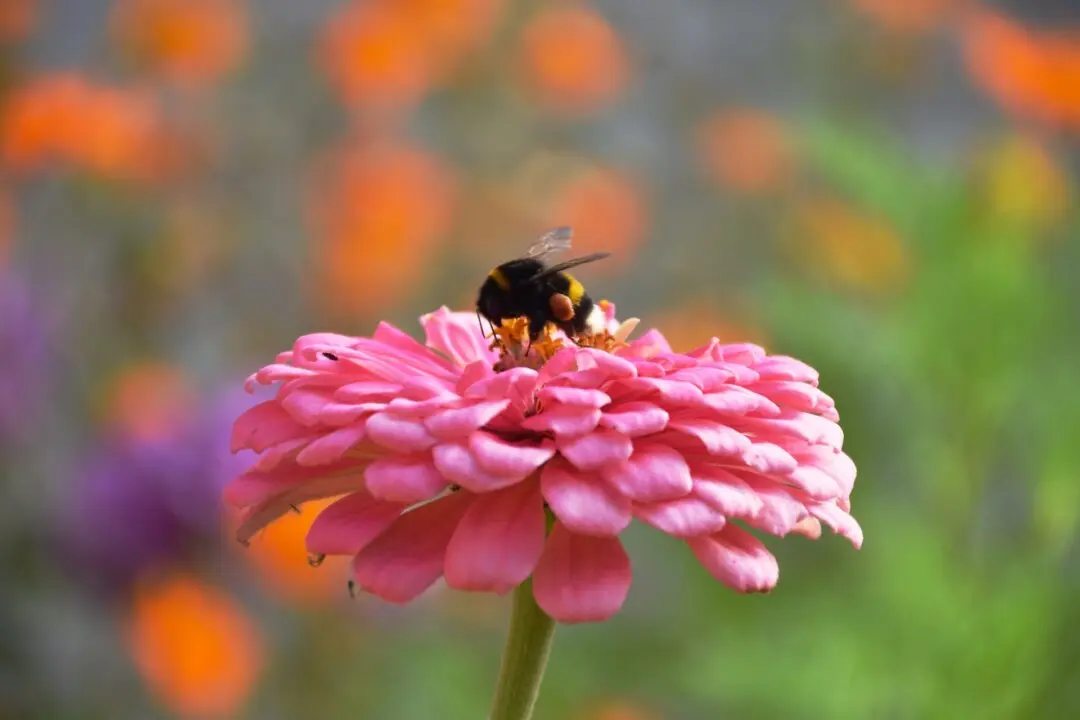In his book “Following the Equator,” Mark Twain says: “The captain had been telling how, in one of his Arctic voyages, it was so cold that the mate’s shadow froze fast to the deck and had to be ripped loose by main strength. And even then he got only about two-thirds of it back.”
Twain may have died many years ago, but he could very well have been talking about the weather we are having this week across much of North America. We have had polar vortexes many times before (2019 and 2014 come to mind) and will have them many times in the future.





